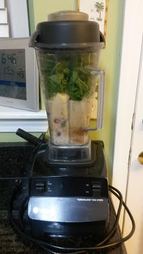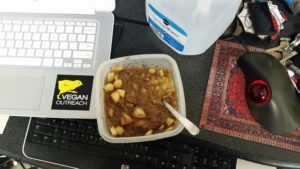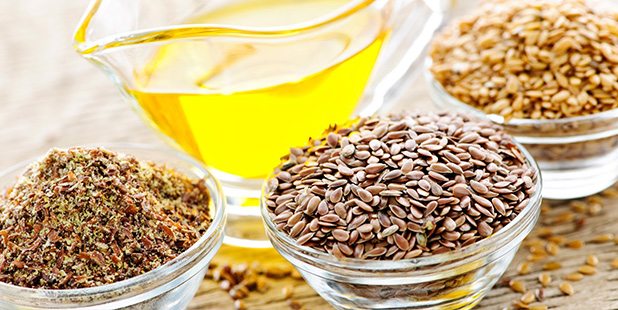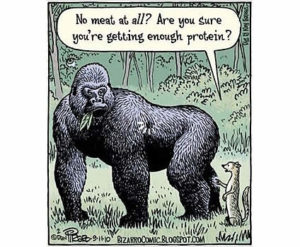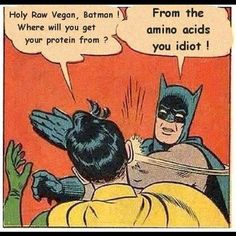
All fruits, veggies, herbs, seeds, and nuts deserve a place in our diet, but the truth is: some are simply better than others. You probably already have many of them in your kitchen – from the famous blueberries, kale, and chia seeds to the all-powerful turmeric. There’s even an entire vegan cookbook (probably my favorite) to inspire you to use these extraordinary ingredients aka superfoods.
However, there are some lesser known ones which have been around for ages and hold tremendous power when it comes to nutrition and medicine. So I’ve put together a list of the best superfoods that haven’t risen to fame, but definitely should. And don’t worry – although exotic, they can be found online or in some specialty stores in various forms.
Indian gooseberry
You’ve probably heard all about the antioxidant-rich acai. Well, here is something that has over twice the antioxidants! The fruit of the Indian gooseberry tree has been used for thousands of years in Ayurvedic medicine and is, in fact, still used today. Aside from its amazing antioxidant potency and other beneficial properties, it’s also known to help treat high cholesterol, diabetes, upset stomach, joint pain, osteoarthritis, to reduce pain and swelling caused by inflammation, etc.
The plant is not commercially cultivated in most parts of the world, but thankfully, it’s available online and in Indian grocery stores in powder form – just look for Amla powder. You can sprinkle the powder onto your meals and smoothies.
Sorghum
Sorghum is an ancient grain originating from Africa, and like most grains, it can be prepared in numerous ways – cooked, ground into flour, malted, or even to make sorghum popcorn. But what makes it better is that it is gluten-free, allergies to it are rare, and its nutritional benefits are pretty impressive. For one, it’s an excellent source of protein – it has similar protein content per calorie as quinoa, but it’s cheaper.
It’s rich in nutrients like most grains, but its ORAC value – which is the measure of antioxidant content per 100g – is quite impressive, especially in comparison to other grains. White sorghum has an ORAC value of 2200, the red variety has 14000 and black is the highest, with a value of 21000. For measure, kale has an ORAC value of 1770 and blueberries have 4669.
Tulsi
This herb, also known as Holy Basil (but not your regular basil, mind you) is another marvel and mystery of Ayurvedic medicine. It’s considered a sacred plant in the Hindu religion and the word Tulsi means “the incomparable one”. That’s because it has numerous benefits and medicinal powers, from protecting against diabetes and cancer to being used to treat pink eye due to its anti-inflammatory properties. But what’s making holy basil incredibly valuable in the modern day and getting it more attention from the scientific community are its adaptogenic properties.

Adaptogens are metabolic regulators which increase the body’s ability to (as the moniker suggests) adapt to physical and emotional stressors from the environment. Unsurprisingly, adaptogens are getting a lot of buzz lately, as we search for natural ways to cope with stress. Thus, natural adaptogens are used in supplements to balance hormones by reducing cortisol levels and promote a healthy stress response. Tulsi is an important ingredient in most of these supplements, and it can also be used in tea.
Bacopa monnieri
Also going by the name of Brahmi, this creeping herb is another traditional adaptogen. The herb is rich in bacosides, which are chemical compounds that can repair damaged neurons and improve nerve impulse transmission, as some studies show. Thus, it is considered one of the top foods for boosting mental health and its long-term consumption is linked to improving memory, cognitive function, and mood.
But wait, there’s more: it’s also been shown to boost respiratory and digestive health, which might come as no surprise when you consider the connection between the gut flora and mental health.
Natto
This fermented soybean food is prominent in the Japanese diet, but it has yet to gain popularity in Western households. So far, you might have encountered it in vegan sushi when dining out. Natto is very valuable for its high content of pyrazine, a compound which can prevent blood clots since it acts as a natural blood thinner. Thus, it’s an important dietary addition for anyone at risk of developing heart disease. It’s also rich in vitamin K (for maintaining bone density) and selenium, a powerful antioxidant that helps prevent cancer. However, be prepared: natto has a very pungent smell and a strange, cheese-like taste that takes getting used to. That’s why a wide number of people prefer to consume it in capsule form, but it is important to consult a physician first, especially if you are taking anticoagulants or other herbs that help thin the blood.
So, there you have it – under-the-radar plants and herbs holding impressive power. Now, as it goes with nutrition, nobody can guarantee you that you’ll reap all the benefits because there are numerous other lifestyle factors to consider. There are, however, various studies that point to the benefits of these plants, some of which I have included in this article, and the fact that some have been used in traditional Eastern medicine definitely does hold value. At the end of the day, when you’re choosing which to incorporate into your diet – and how – it’s good to do your own research to get all the details and suggestions. Nutrition can help us reach deeper levels of wellbeing, and you might just be surprised to what extent it goes.




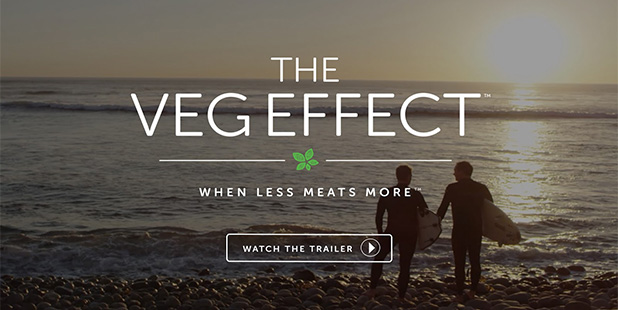
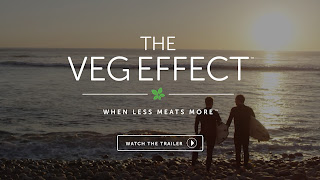









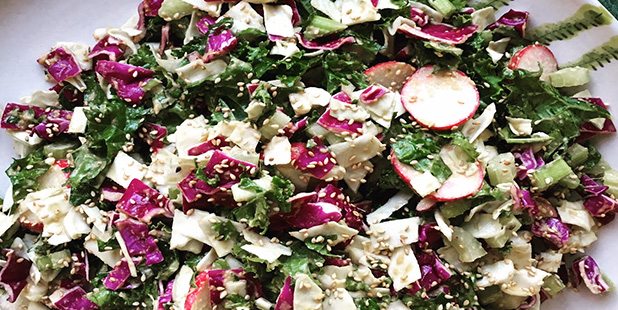
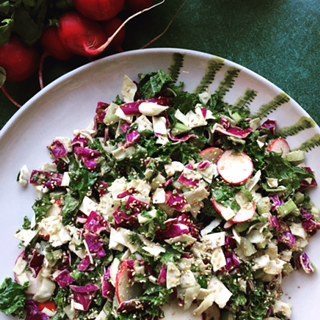




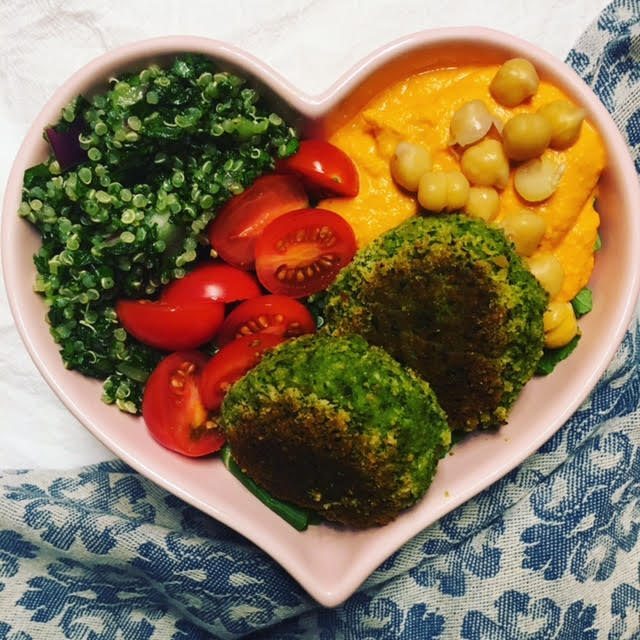
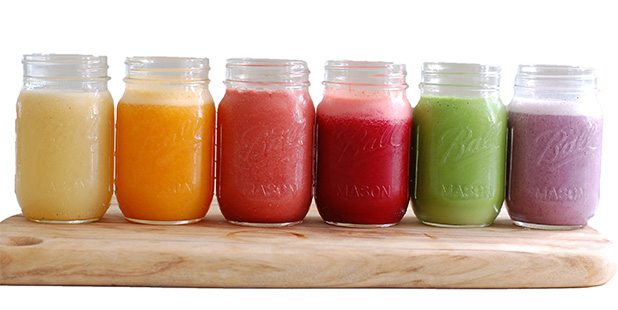
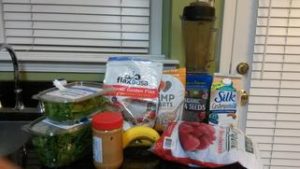 ve to do is dump it in your blender, add your choice of liquid base and blend!
ve to do is dump it in your blender, add your choice of liquid base and blend!